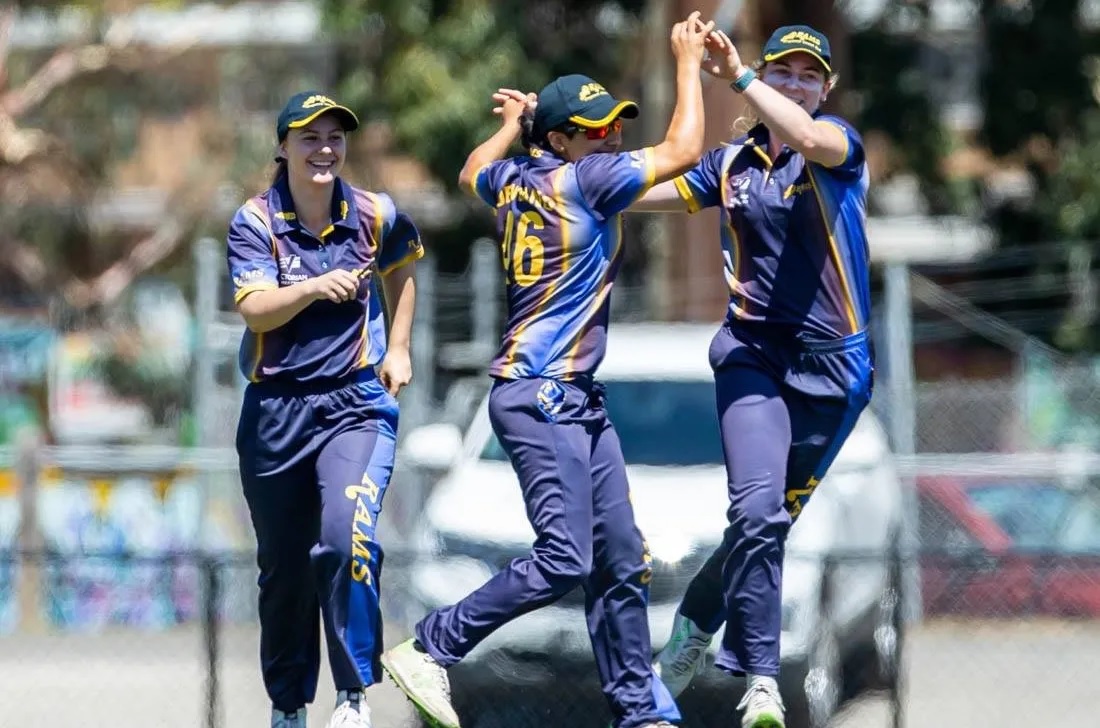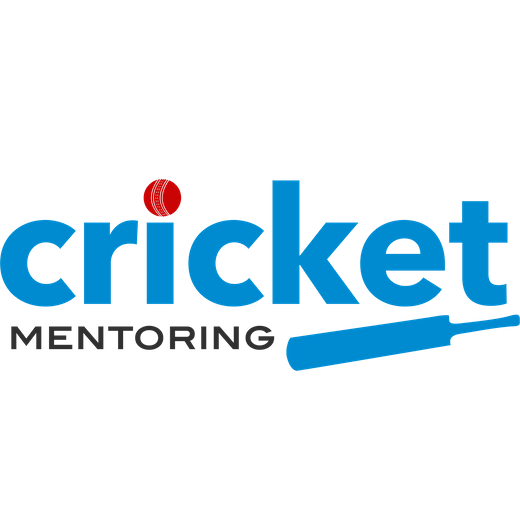How to help a cricket captain
Cricket Mentoring | April 18, 2024

The Selection of a Captain is one of the most important and critical decisions that a club can make as the impact and influence is deeply felt across all layers within a team, club and community. A poor process and little thought invites risk and disaster, while a well-considered and inviting manner can establish a foundation for progress and success.
This article How to Help a Captain is the next step as a reference for club leaders to identify the support in so that the decision once made, is key for setting up success.
The methodology and logic around Selecting A Captain – Get it Right was written and published in August 2018 with a focus upon how it should be done with some guidance to deliver the expected and desired standards and outcomes.
Described by Gideon Haigh, “Captaincy is the most mythologised of cricket’s faculties. Its required skills compound of tactical acumen, interpersonal skill and public diplomacy not to mention individual excellence is also unique to the game. Historically, captaincy has been learned at lower levels. Australian skippers have come to the job with prior experience at junior, grade and state levels.”
A well-regarded reference point is the book written by Mike Brearley “The Art of Captaincy” in unlocking the qualities needed in leadership for intuition, resourcefulness, sympathy and clear thinking. Brearley with the ability to draw from a combination of theory, research, experience and observation was also expansive in his view on the modern game with admiration and respect for Virat Kohli.
“Everyone has his style, I like (Kohli); he is keen, hawk-eyed,” Brearley said in an informal chat during the match.
“Some of that comes from Kohli too. There is an intensity about his cricket. Occasionally, I daresay, it makes people nervous. But on the whole, I think it animates them, dynamises people.”
Leadership expectations have undergone a dramatic shift with, thankfully, improved energy on support and mentoring, rather than pick the best player and hope they can work it out.
To allow the best environment for the captain to be given encouragement, support and space to deliver upon the responsibility, it does require a unified effort from club leaders.
EXPECTATIONS AND BEHAVIOURS OF A CAPTAIN
The list of expectations and behaviours is limitless. In working through the accountabilities and responsibilities, any of the following that have been curated from our discussions about leadership expectations at Cricket Mentoring, can be applied:
- Approachable
- Encourage teammates to aspire to goals and behaviours
- Listens carefully to direct the thinking of teammates toward positive goals
- Care to acknowledge the contributions of those outside the team
- Never shows favoritism or promotes cliques
- Be at his or her best in the tough times
- Shares the credit
- Demonstrate optimism and inspire hope no matter the circumstance
- Link between coach and team
- Understands that a leader is still a team player
- Works as hard as anyone on the team
- Conveys a belief in oneself and all teammates
- Makes the effort to bond with every team member and those with whom the captain has little in common
- Trustworthy, consistently doing the right thing, regardless of the circumstances, to create an environment of trust and respect
- Disciplined thinking in that an environment of trust and respect does not mean acceptance of improper actions or behaviors by team members
- Observes all team rules
- Conveys the message that bullying or humiliating teammates is unacceptable and damages team harmony trust
- Selfless ambition, an ability to direct ambition and passion toward the success of the team, more than toward personal success
- Sets aside personal problems to show genuine concern for teammates in need of support
- Adherence to the highest standards of behaviour
- Sets the goal of doing such an excellent job that his or her captaincy serves as a model for future captains to follow
The Cricket Mentoring Community – the world’s best cricket community for players and coaches, launching 23rd November, 2020 (click above for more information)
A list that appears exhaustive, daunting and overwhelming. Finding the path where the leadership qualities of intuition and clear thinking can emerge takes us to the How.
PLANNING, SUPPORT AND RESOURCES
How do we actually put in place the planning, support and resources to help a captain?
The How, being able to arrive at the position as to how these outcomes are delivered, setting the environment up for success, is the next step.
As a starting point, please search for Simon Sinek. It is strongly recommended that twenty minutes is invested for either viewing or listening to the presentation “How great leaders inspire action” which is a framework that has been embraced by successful leaders in sport and business with consistent results over considerable time.
During the Level 3, High Performance Coaching course with Cricket Australia, Sinek was given as a regular reference when working through problem solving tasks.
From this point, we can then move into some practical exercises to develop better levels of belief and trust with the captain, coach and leaders from identifying and establishing the values, guiding principles and leadership standards which are accepted and meaningful. The objectives of the exercise being able to establish a reference framework that:
- Keeps a sense of order
- Ensures clarity
- Reduces unnecessary conflict
- Allows a forward focus
- Releases empowerment
Good practice and governance within a club environment would already include documented and communicated information for Code of Conduct, Member Guidelines, Strategic Plan, Values, History and Selection Policy.
Helping these come to life to become habits and behaviors is where the education exercises in How to Help a Captain” is able to allow leadership and confidence to flourish. These can be divided into three activity blocks.
- Diagnostic Analysis
- Preparation in collecting feedback to share
- Information Gathering
- Review feedback to agree on values and standards
- Presentation
- Communicate to club
The first activity block is a Diagnostic Analysis for the club and then then the leaders involved by information gathering tasks. The purpose here to explore and verify a common ground from personal and individual reflection. These questions can be simply set up as a Google Form to collect the responses to then share with the group. The first task:
- Why have we come together at the club?
- What is it that we want to achieve?
The second activity block is Information Gathering that is more to focus upon collecting useful feedback for the captain directly that will help produce meaningful guidance and support.
- List three (3) strengths or good points
- List three (3) areas to improve
This knowledge is recommended to be collected, collated and distributed with the group before initially coming together, allowing the time for due reflection and checking anything further that may emerge.
Click the image above to find out more about The 6 Pillars of Success.
Of useful wider support, is to include the whole club, inviting them to share views to help shape the direction in using the following open-ended questions:
- Things we are doing well are …… ?
- Where we can improve and why ……. ?
- Uncomfortable or concerned because of ……. ?
- More help is needed on ……… ?
This activity, Information Gathering, can be easily set up and collected using Google Forms with the option to set up the respondents as anonymous or identity optional as a deeper health check.
The third activity block is a Presentation back to the management and club on the knowledge gathered and views formed from the previous blocks.
The Presentation should consist of the following content which ideally should be able to fit on a single page.
- Values = the words that define and guide culture
- Guiding Principles = extension of Values for behaviour and decision making
- Leadership Standards = actions we are going to do and make happen
From here we can then reflect back to the initial objectives and agree that they have been handled to the expected standard:
- Keeps a sense of order
- Ensures clarity
- Reduces unnecessary conflict
- Allows a forward focus
- Releases empowerment
At Cricket Mentoring, we hope that this article has been useful and please feel free to contact us if we can assist further in developing a workshop for your club to deliver value of this sort.
About the writer: Andrew Walton is a Cricket Australia Level 3 coach, and as the head of coaching for Cricket Mentoring in Victoria, he is currently mentoring a number of cricketers of all ages and abilities in Melbourne. Andrew has previously been Head Coach in Premier Cricket Men’s cricket for a total of 11 seasons [Melbourne CC (3), Prahran CC (4), Fitzroy Doncaster CC (2) and Hawthorn Monash University CC (2)]. He also has international experience through regular annual visits (8) to the Karnataka Institute of Cricket (KIOC) in Bangalore and as a guest coach at Middlesex County Cricket Club during the 2014 season. In 2018, Andrew was appointed by Cricket Victoria as Head Coach of the Blind Cricket team for the NCIC and has since been appointed by Cricket Australia as the Assistant Coach of the National Blind Cricket team. Apart from proven ability in teaching skills based activities and methods for players from introductory to elite, Andrew has a high level of ability in the development and education of leadership, game sense, planning, decision making, adaptability and clear thinking to unlock the potential within players and coaches.








